How to: Growing sea kale at home
Growing sea kale is apparently a challenge. I think I have tried it about three times now, only having a few small plants that died in winter to show for it. I'm trying a different approach this time though. I hope it will work!
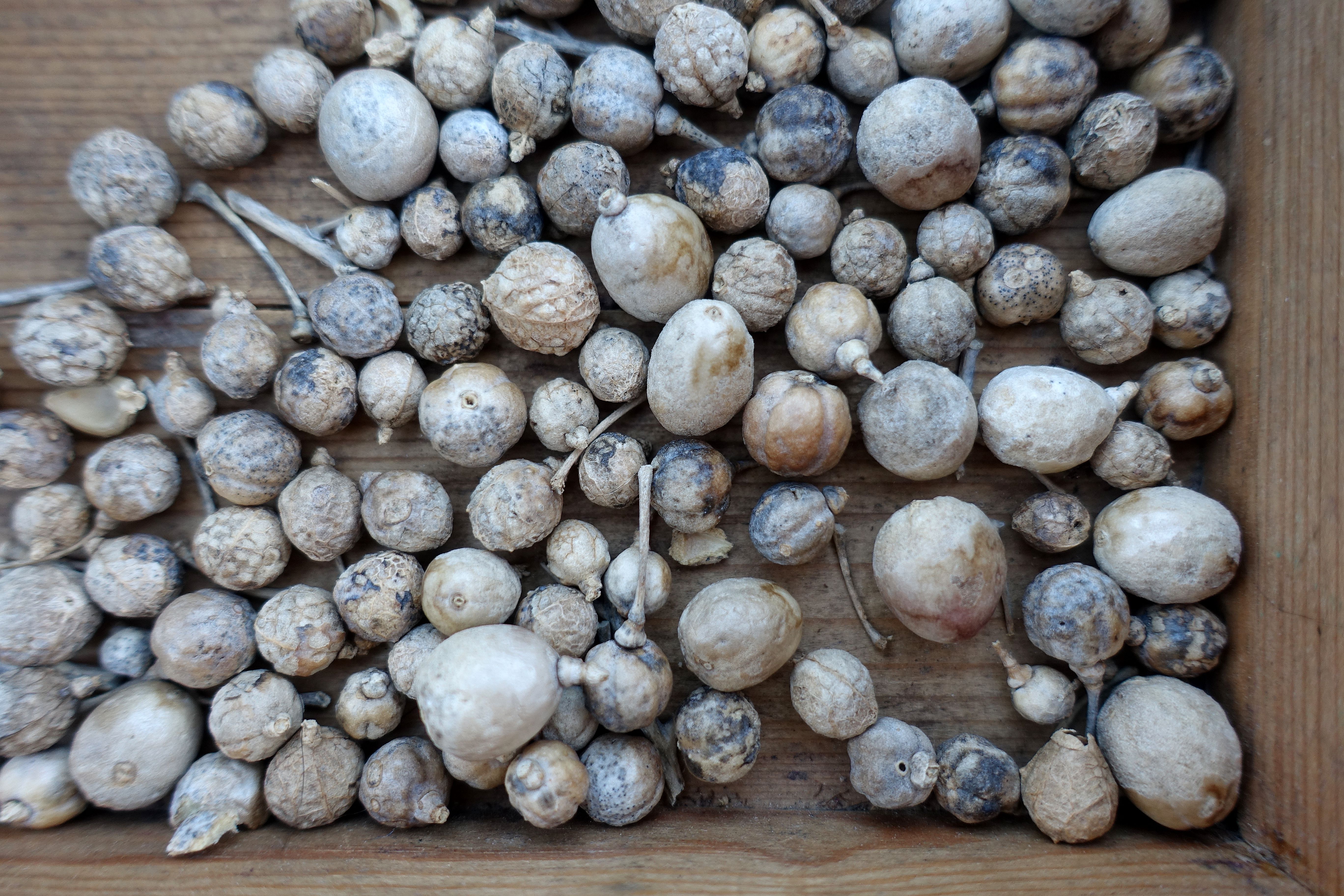
The sea kale seeds don't really look like other kale seeds. Many of the seeds are pea-sized.
I have been wanting to grow sea kale ever since I started my own kitchen garden. I grew up on an island on the west coast of Sweden where there was plenty of sea kale everywhere. As a grownup, I learned that this dark green plant is actually a real delicacy (on par with asparagus, in my opinion.) So naturally, I just had to buy some seeds and try growing sea kale at home. I had no reason to doubt that I would be able to grow them.
But it just didn't work!
Most of the seeds didn't germinate and I only got a single plant in the end. I remember that it was very beautiful, dark green and purple in the middle. But the plant would just not grow and it didn't make it through the winter. I tried sowing new seeds later but without success. It might also have had something to do with a lack of patience at this point...
Read more about sea kale: Collecting sea kale seeds
I decided to give the project another go after a trip to the west coast in October. This time, I wanted to give my sea kale the best conditions possible, so I tried to recreate their natural habitat here at home. My trip to my childhood home also gave me a good idea about how the plants grow in the wild. This helped me create a similar environment for them here at home.
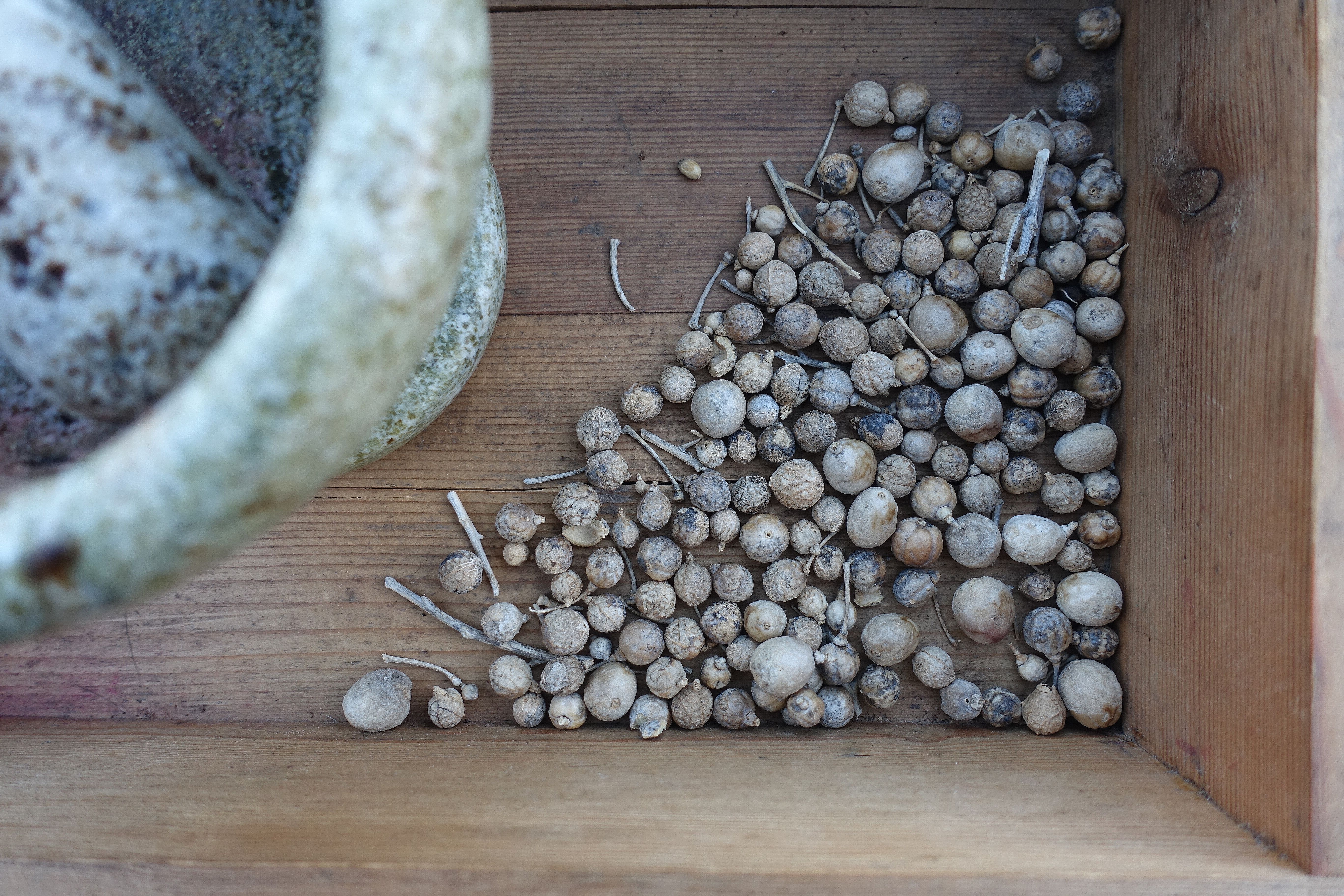
I decided to use my grandmother Elise's mortar to break the outer shell.
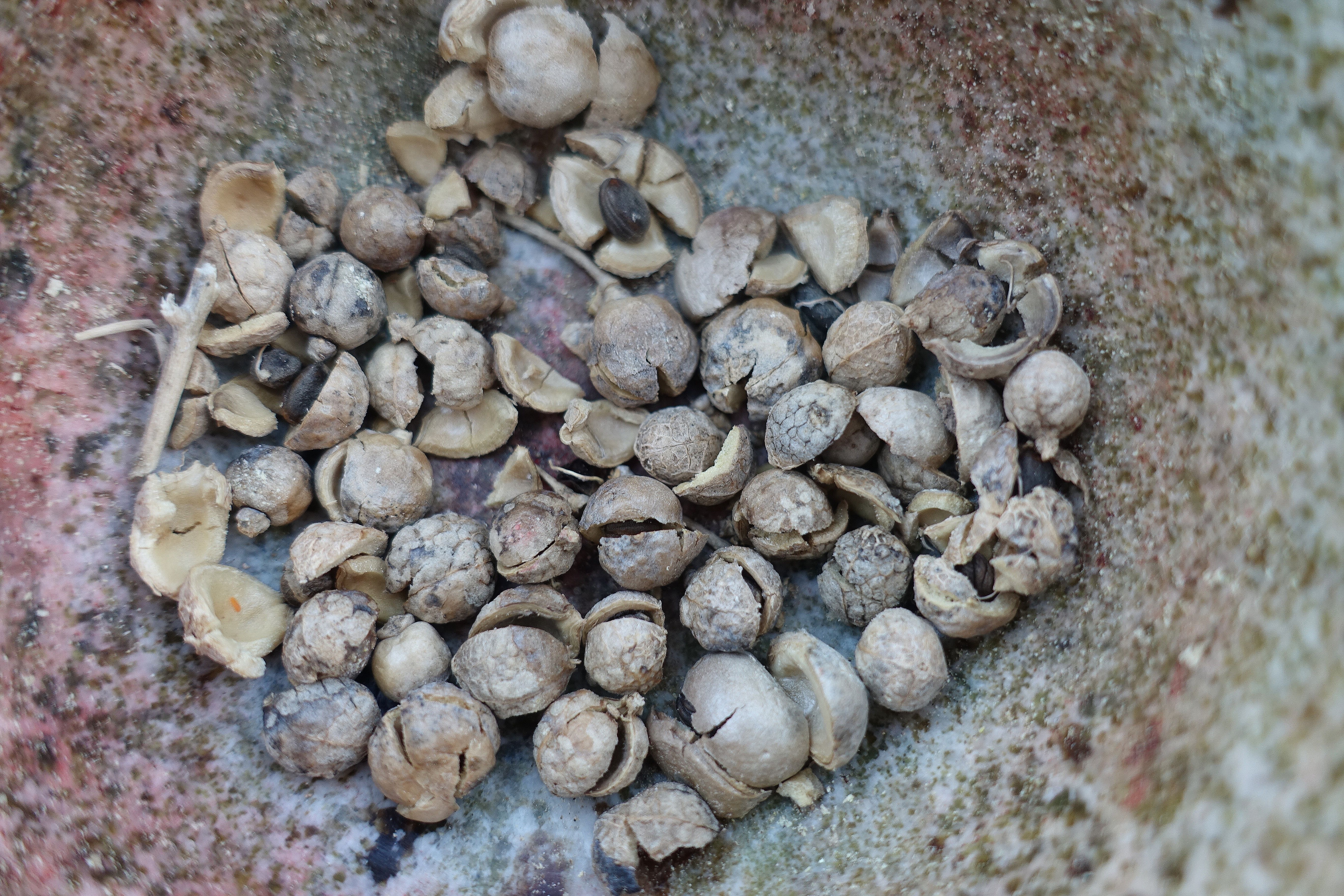
Be careful when you break the outer shell surrounding the seeds. I think that breaking the shell will help more seeds to grow though.
Large, hard seeds
After several failed attempts at growing sea kale, I had to conclude that the seed viability is very low. Every plant produces thousands of heavy seeds that fall to the ground. So, the seeds don't spread with the wind. But despite this, the soil underneath the mother plant is surprisingly bare. Most of the seeds simply don't germinate at all. That's why I decided to pick many seeds in order to get even a small batch of sea kale plants. I picked a few hundred seeds*
The seeds are large and black, and lie within a hard pod that protects the seed. You can help the germination process along by using sandpaper on the outer shell. I decided on a more drastic approach though (I have tried using sandpaper in the past without success) and crushed the outer shell with my grandmother's old mortar. The seeds remind me of allspice. Just be careful with the inner seed, don't break it.
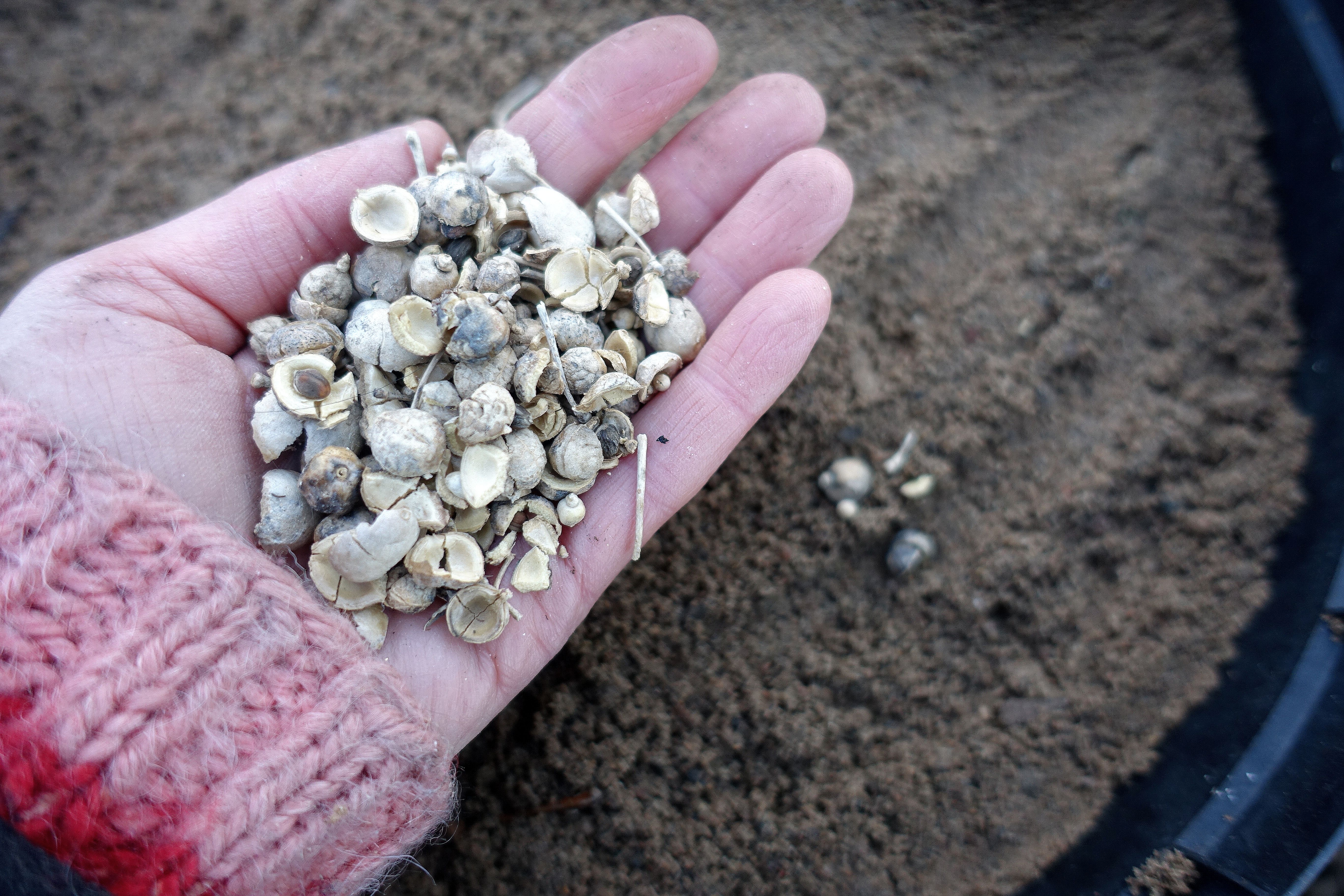
I picked these seeds on the island where I grew up. Now, it's finally time to sow them!
Just like the beach
I'm starting the seeds in a large pot where I used to grow eggplants a few months ago. The pot needed a refill but since there is little soil on the beach, I decided to top it off with a layer of sand.
The seeds are scattered on top of the sand, quite close together. As if they had just fallen down from the mother plant. The only difference is that I helped the process along a little, by breaking the outer shell first.
After that, I put a layer of sea weed on top of the seeds.
I haven't watered the seeds, instead I just put it outside in the November rain. Unfortunately, I can't really spray the pot with a salty wave. But I'm hoping that there is some salt and minerals left in the seaweed I put on top of the seeds.
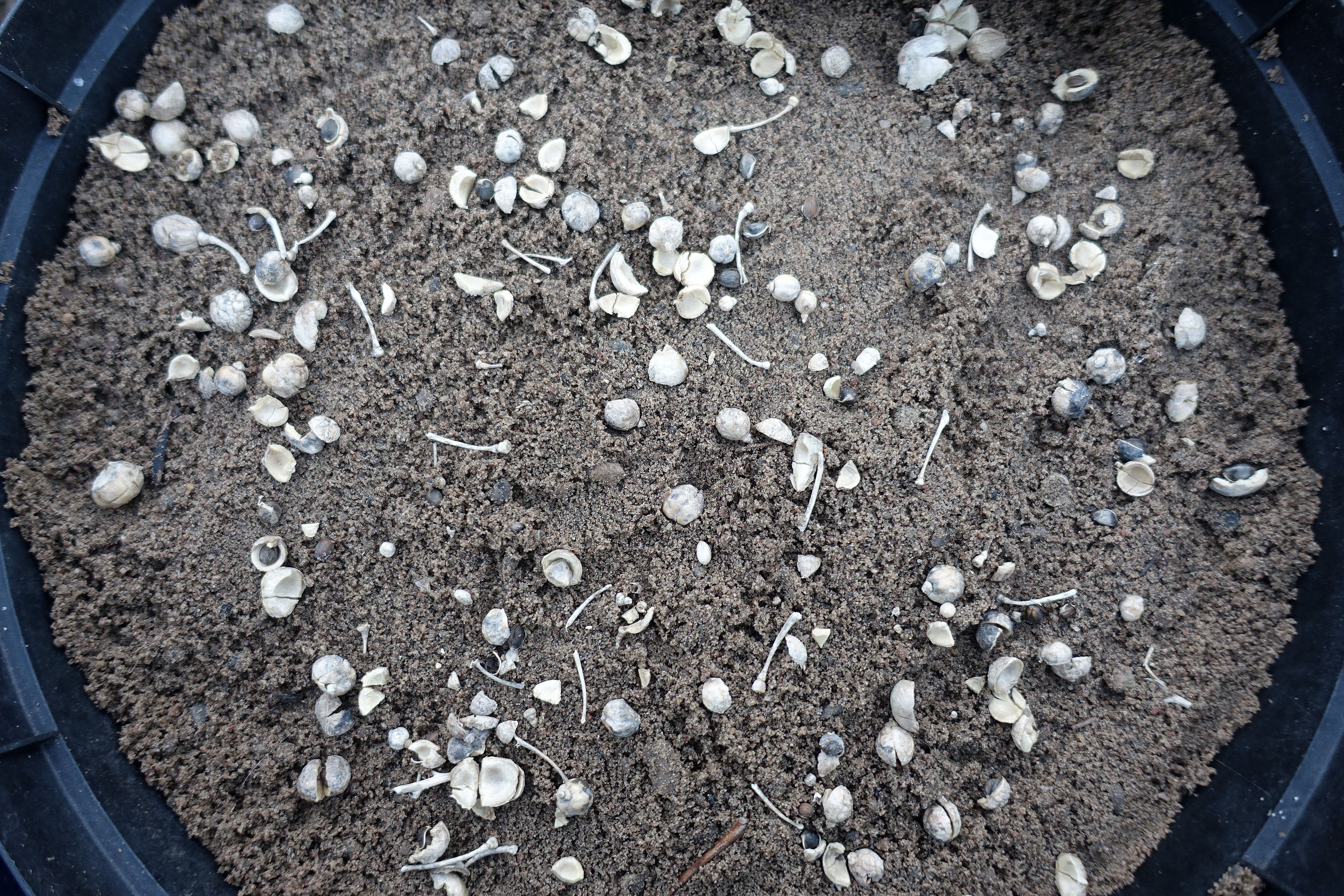
I put the seeds quite close together, like I imagine that they would be when they fall off the mother plant.
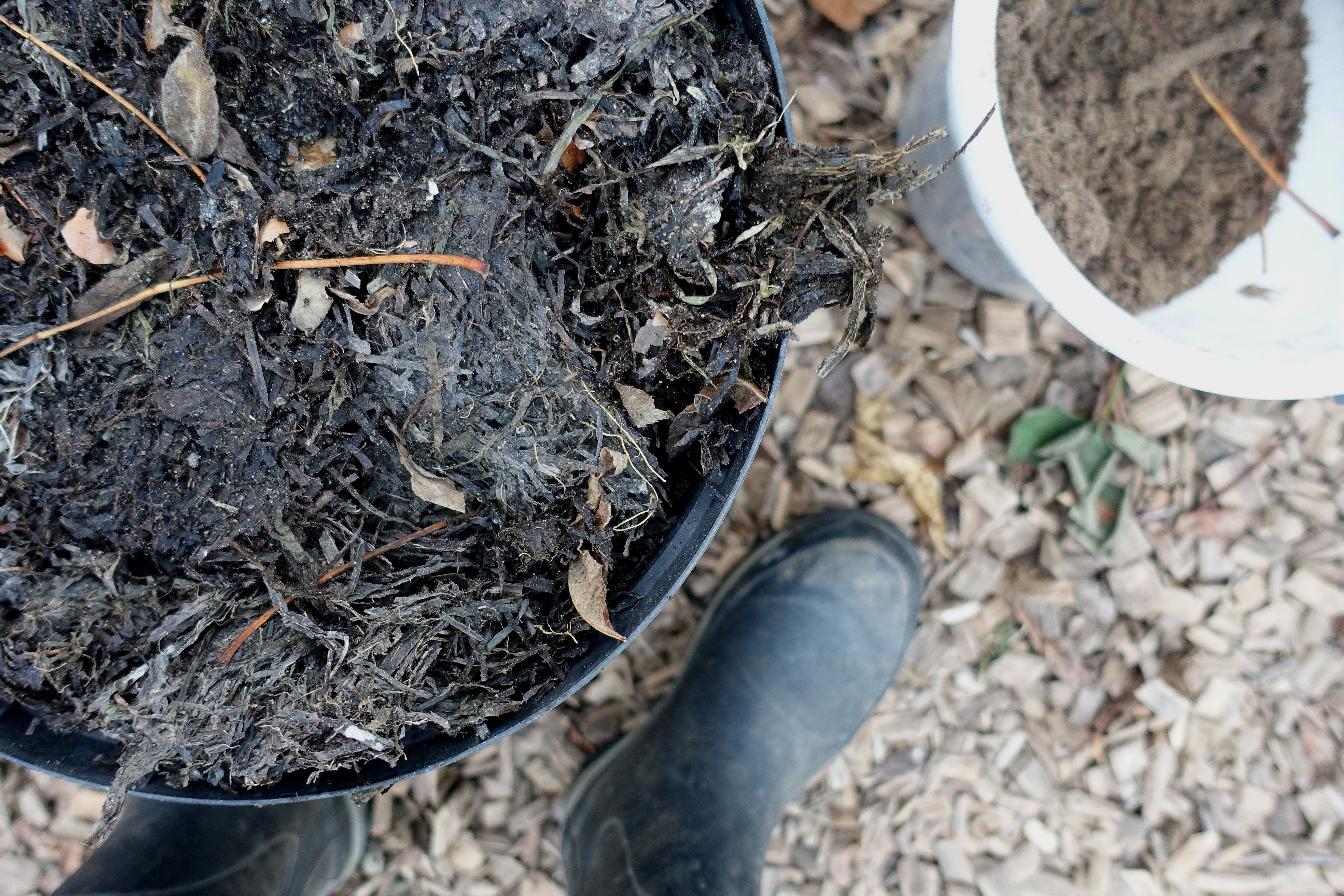
Done! I just finished adding the sea weed on top of the seeds. I put the pot on a compost pile outside.
Unpredictable germination
This is very much an experiment. The seeds take quite some time to grow, and like I said, all of them won't grow. I don't know how this particular type of sea kale will do when planted in a bed. But from what I know by researching everything about growing sea kale, for example on the website Runåbergs fröer, sea kale is supposed to do ok in soil too.
All I need to think about now is where to put them. I know that sea kale is at risk of developing cabbage clubroot, just like many other cabbage varieties do. I think I will put my sea kale in a secluded spot for this reason. Maybe in a well-fertilized flower bed.
If you want to read and see more from my garden, check out Sara's Kitchen Garden here:
Sara's Kitchen Garden at Facebook
Facebook group: The Kitchen Garden - Worldwide
Sara's Kitchen Garden on YouTube
Letter from the garden - newsletter from Sara's Kitchen Garden
I'm excited to see how it goes! Have you tried growing sea kale at home in your garden? If so, feel free to share your tips and experiences!
/Sara Bäckmo
*Sea kale is not protected on the west coast, it is in other parts of the country though.
22. November 2018

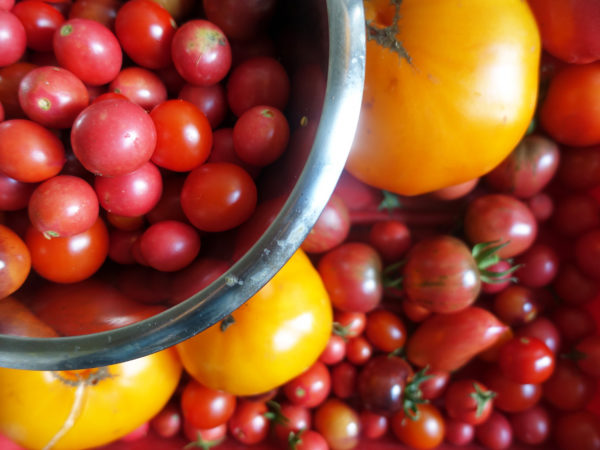
Leave a Reply
You must be logged in to post a comment.